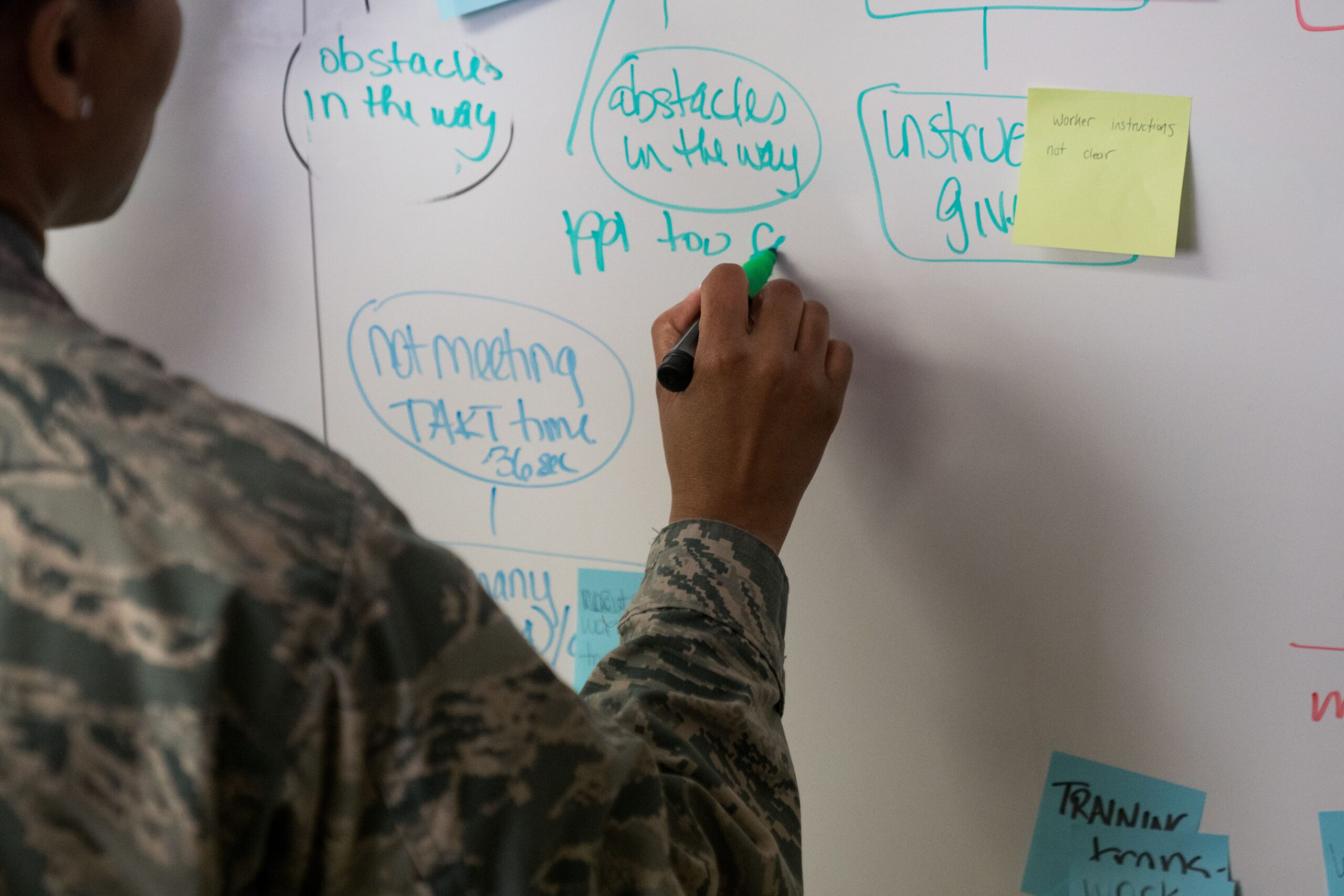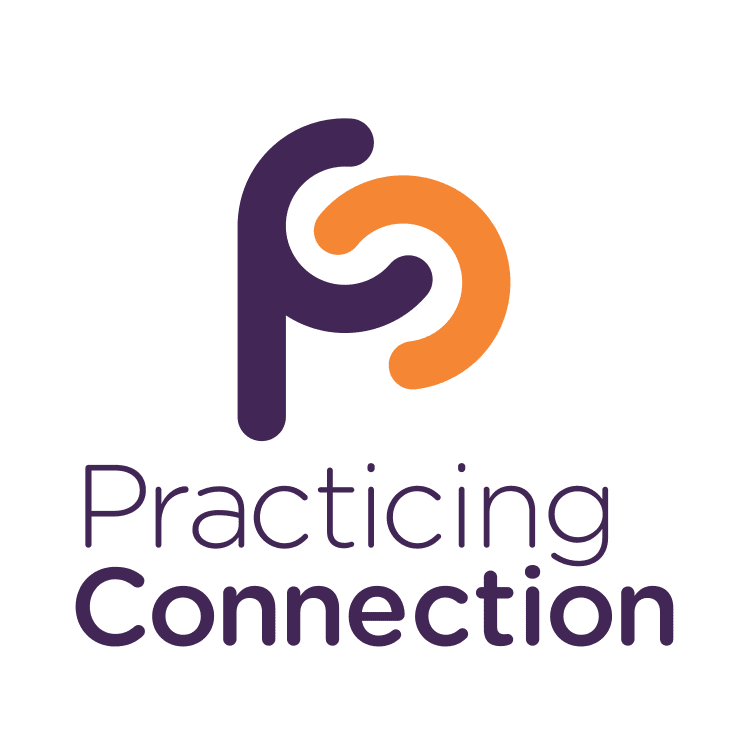(Season 5, Episode 26)
Many of us tend to take a linear approach to program development. We develop a program, implement it fully, then evaluate it to see if it worked. However, making small adjustments, aka iteration, is an important part on innovations.
Bob Bertsch shares a practice to help us build our capacity for iteration by helping each of us get more comfortable with the process.
Links











